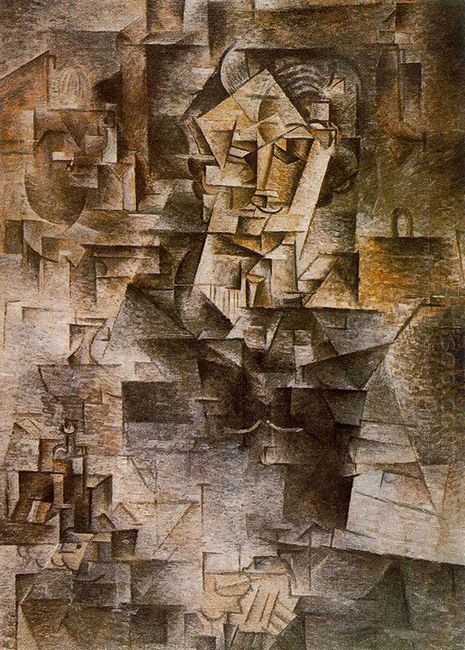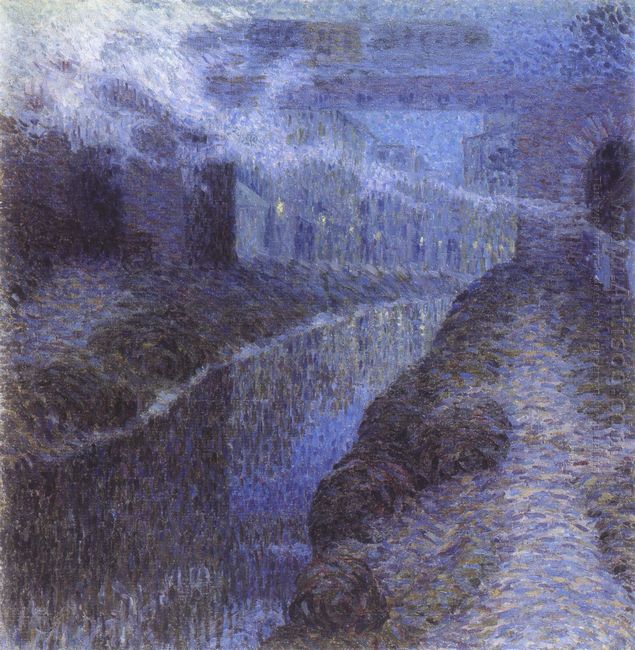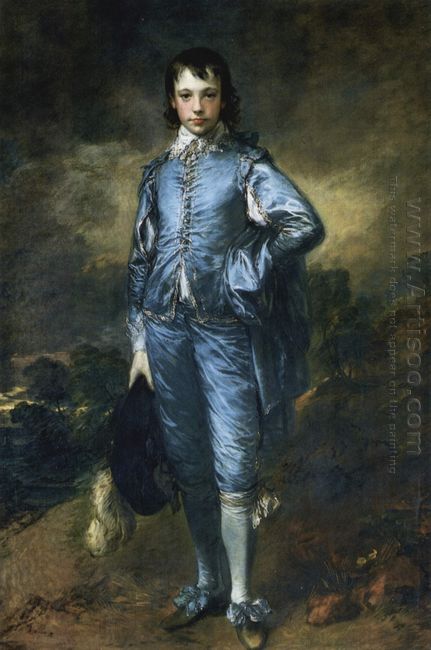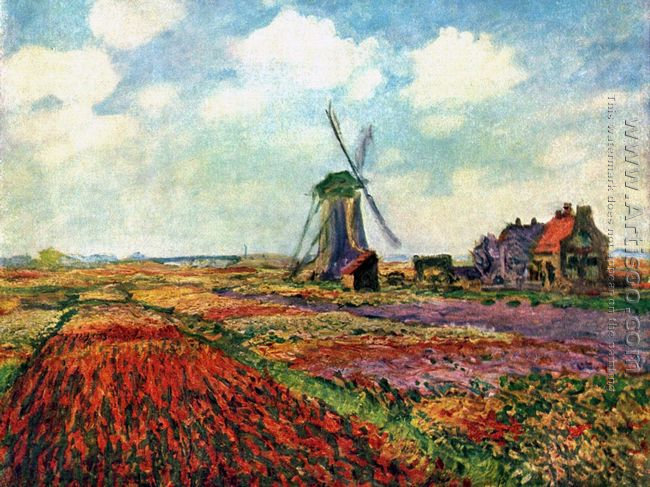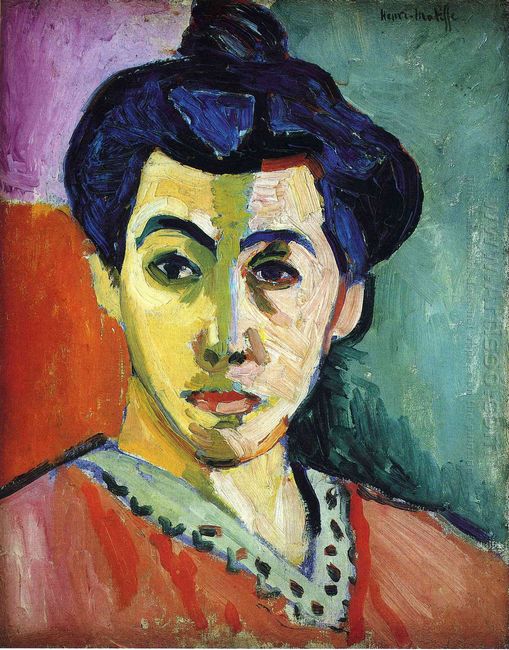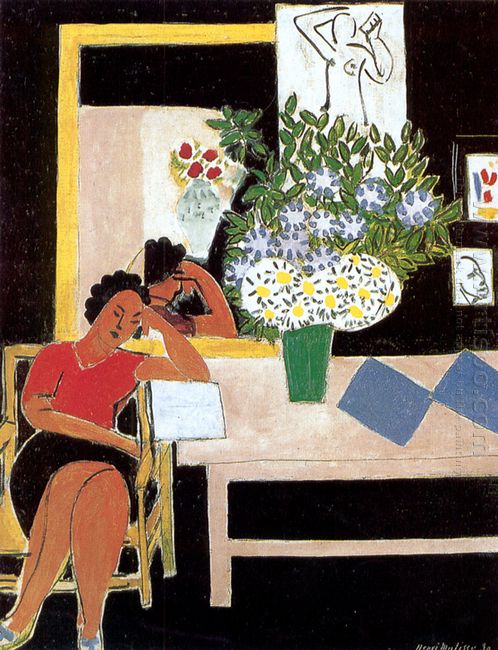The paintings during Picasso's analytical cubism period further displayed his neglect for objective reproduction. In this period, whether it was still life, landscape or figure, it was completely decomposed and became unknown to the audience. Although each painting had the title, it was hard for people to find images relevant to the title. Those decomposed body and the background integrated with each other to make the whole painting full of various vertical, inclined and horizontal lines interwoven into a block. In this complex network structure, the image was slowly emerging and instantly dispelled in the block. The role of color here had been reduced to the lowest level. There seemed to only some monotonous black, white, grey and brown colors. In fact, what the artist wanted to express was the composition of the line and the line, shape and the shape structure, as well as the tension emitting from the structure.
Portrait of Daniel Henry Kahnweiler clear showed how Picasso used this analytical cubism painting language to create specific figures. What was puzzling was it was in this extremely abstract deformation which decomposed images and abandoned colors that Picasso always refused to give reference for models. In order to draw the picture, he let his old friend Mr. Kahnweiler patiently make the posture and have sit down for 20 times in front of him. He was careful not to mind taking the trouble of decomposition to obtain a painting structure formed by the transparent color layers of overlapping pictures. There were only blue, brown and grey purple. Color was only playing a minor role here.
Although in the interlaced lines and blocks of the image contour, Mr Kahnweiler was also looming. But it was difficult to judge his similarity with real figure. After seeing this painting, the most famous expert Roland Penrose studying Picasso once made this comment, "Parting one side causes another plane in the adjacent part. However, when the line of sight moves from this point to that point, it will continue to feel the pleasure to swim around on the surface, because the surface is similar to the appearance and convincing......See this painting, people will produce the imagination; although this picture is ambiguous, it seems to really exist. Under the impetus of new real symmetry, it will be filled with joy to make its own interpretation."








